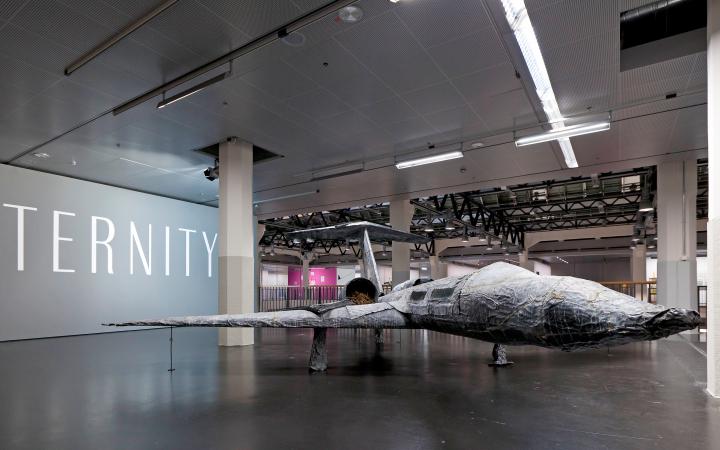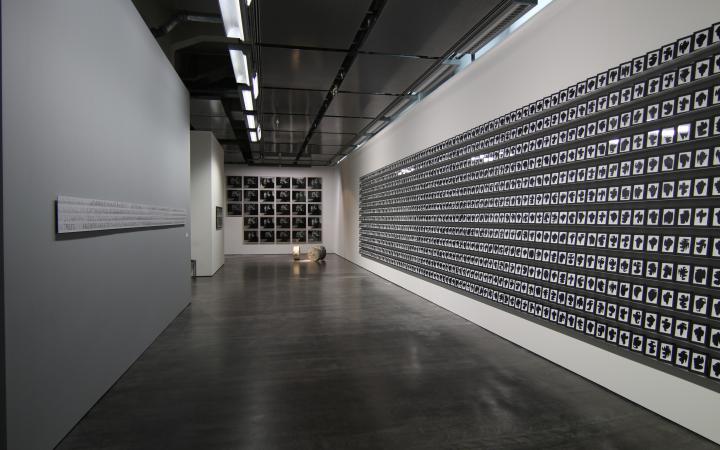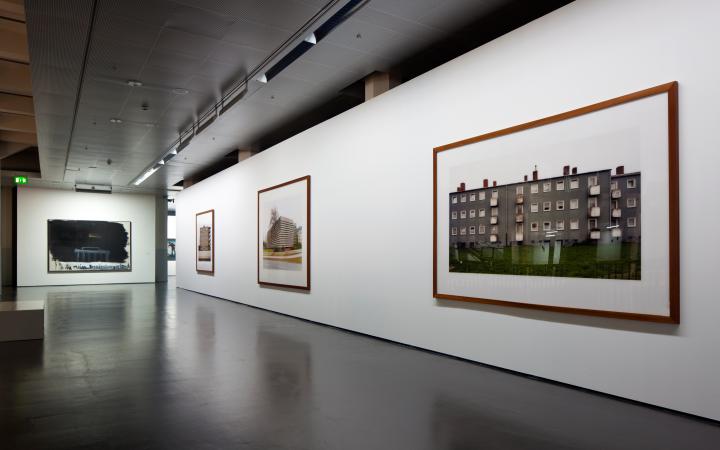Shigeko Kubota
- Year of birth, place
- 1937, Niigata, Japan
- Year of death, place
- 2015, New York, United States
- Role at the ZKM
- in the collection
- Biography
- Shigeko Kubota was born in Niigata, Japan in 1937. From 1960 she studied sculpture at the Tokyo University of Education. Through her friendship with the pop singer Yoko Ono, she came into contact with the fluxus movement in 1963. She met Nam June Paik in the same year, and moved to New York in 1964, where she met other fluxus artists. Here, she studied at New York University (1965-66), at the New School for Social Research and (1966-67) and at the Art School of the Brooklyn Museum (1967-68). Among many other prizes and awards, Kubota has received a DAAD stipend to work in Berlin (1979) and a Guggenheim Fellowship (1987). She lives in New York.
After her move to New York, Kubota took part in the 1960s in a great many performance pieces and happenings, including those instigated by Claes Oldenburg and by George Maciunas. In 1968, during her first marriage from 1967-69 to the avant-garde composer David Behrman, Kubota met Marcel Duchamp on a flight to Buffalo. Behrman had composed the music for Merce Cunningham's new ballet, »Walk Around Time«, and Duchamp and Kubota participated in the performance in Buffalo. This meeting was to prove the spur to Kubota's enduring artistic preoccupation with Duchamp and his legacy. Allusion to Duchamp's key works is an element of a great many of the installations Kubota has made since 1968. In 1970 Kubota followed Paik to the West Coast, where, in 1977, she married him. In 1970 she first experimented with a video camera. Since this time video has been her preferred medium. She has used it as a crucial means of expression in her sculptures and in her installations, into which monitors are very inventively and effectively incorporated. After the formal strength and contemplative quality of Kubota's early works, the video installations made in the 1980s are more expressive. Several monitors are inserted into realistic or blatantly artificial settings, which themselves enter into a dialogue with the partially stylized video tapes playing on the monitor screens: these may show real sites, such as Niagara Falls (1985), or real natural entities such as cherry blossom (1986), water or cliffs. Broken mirrors are also featured in these works, the reflective role being simultaneously formal and symbolic. Kubota's objects and installations have made a significant contribution to the evolution of video art. They draw attention to the art of today and yesterday as perceived from a political as well as a feminist perspective.
Individual exhibitions (selection)
1964 Naigua Gallery, Tokyo
1972 The Kitchen Center for Music, Video and Dance, New York
1976 René Block Gallery, New York
1978 »Projects«, Museum of Modern Art, New York
1979 Aspen Center for the Visual Arts, Aspen, Colorado
1981 Museum of Contemporary Art, Chicago; San Francisco Institute of Contemporary Art, San Francisco; daadgalerie, Berlin, subsequently at Museum Folkwang, Essen, and Kunsthaus Zürich
1983 New York University, Grey Art Gallery and Study Center, New York; Fondo del Sol Visual Arts and Media Center, Washington, D.C.
1985 The Kitchen Center for Music, Video and Dance, New York
1986 Piezo Electric Gallery, Venice, Cal.
1987 Piezo Electric Gallery, New York
1996 Whitney Museum of American Art, New York; Lance Fung Gallery, New York; »video sculptures DUCHAMPIANA«, Galerie de Paris
Group exhibitions (selection)
1962 »Yomiuri Shinbun Independent Exhibition«, Tokyo Municipal, Tokyo
1972 »First Annual New York Video Festival«, The Kitchen Center for Music, Video and Dance, New York
1974 »Tokyo-New York Video Express«, Tokyo Biennale, Tenjo-Sajikikan, Tokyo; »Open circuits: The Future of Television«, The Museum of Modern Art, New York
1976 »Soho-Berlin Festival«, Akademie der Künste, Berlin
1977 »Projects Video VIII.«, The Museum of Modern Art, New York; documenta VI, Kassel
1980 »Für Augen und Ohren«, Akademie der Künste, Berlin; »Ecouter par les yeux«, Musée d'Art Moderne de la Ville de Paris
1983 Whitney Biennial Exhibition, Whitney Museum of American Art, New York
1987 documenta VIII, Kassel; »A Centennial Tribute Apropos of Marcel Duchamp«, Philadelphia Museum of Art, Philadelphia
1988 »Übrigens sterben immer die anderen«, Museum Ludwig, Cologne
1989 »Video-Skulptur retrospektiv und aktuell 1963-1989«, Kunstverein, Cologne, subsequently at Kongresshalle, Berlin, Kunsthaus Zürich
1990 The Biennale of Sydney, The Art Gallery of New South Wales, Sydney; »Ubi Fluxus 1990 Ibi Motus 1962«, Biennale di Venezia, Venice
1995 »ASIANA«, Biennale di Venezia, Venice
[Ursula Frohne, 1997]
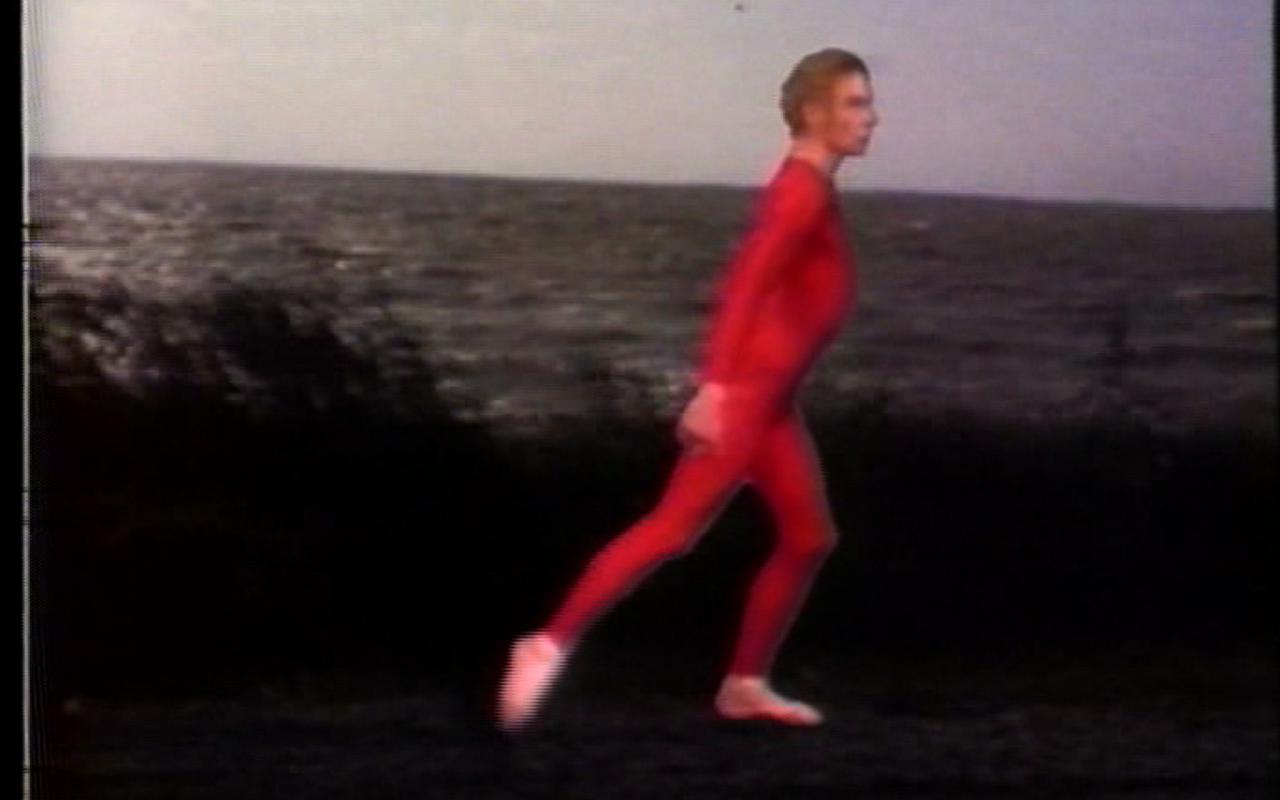
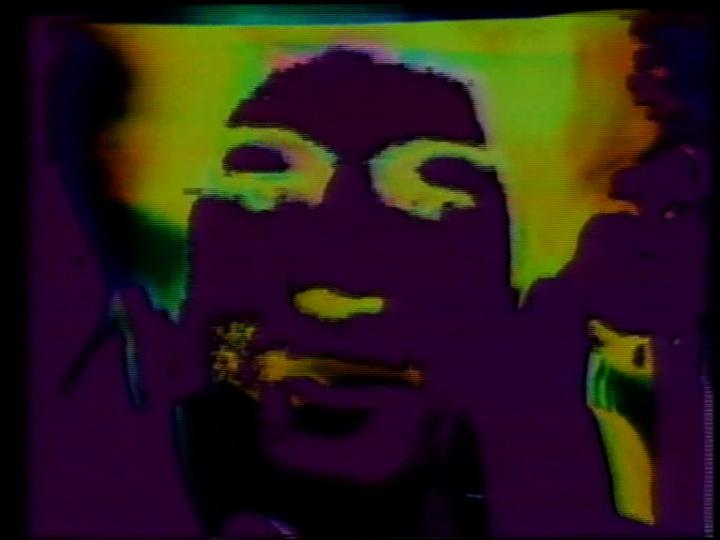
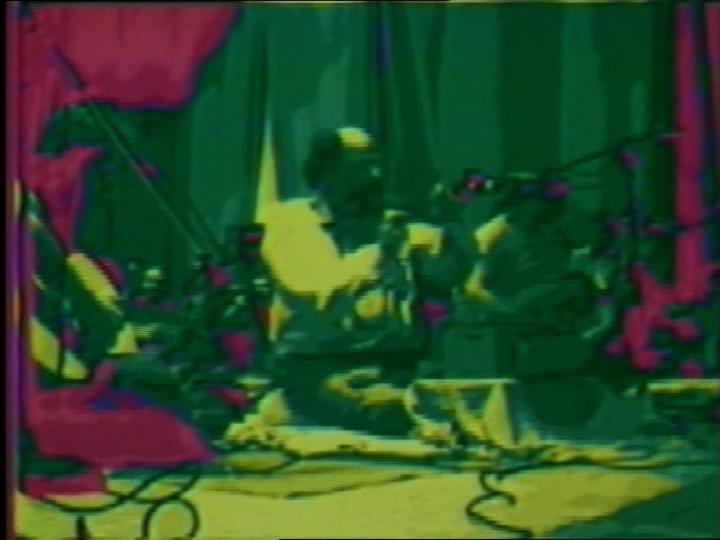
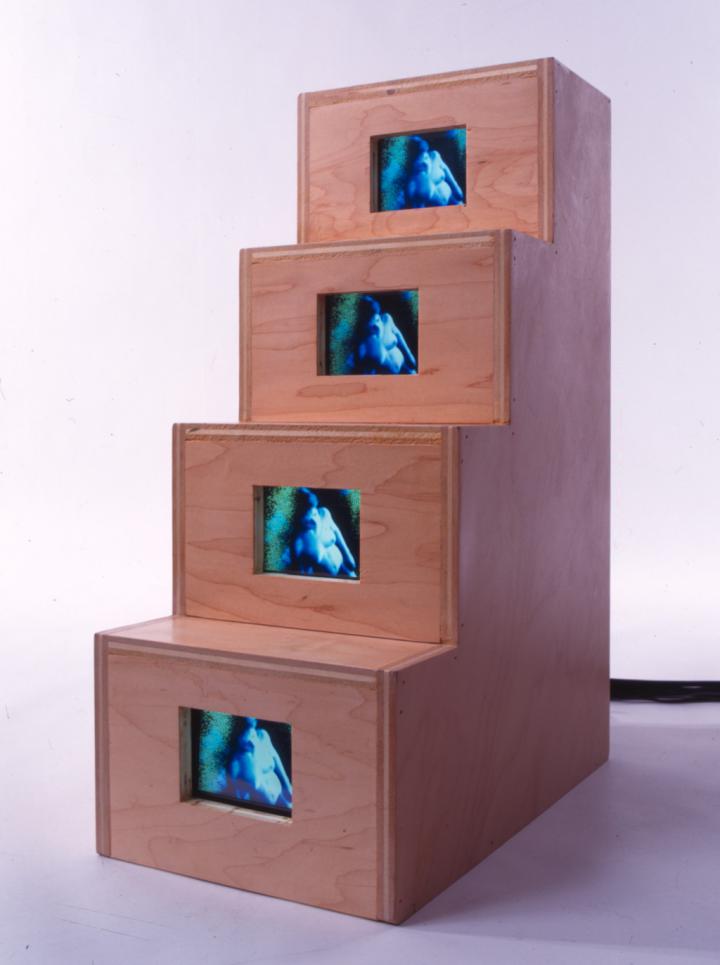
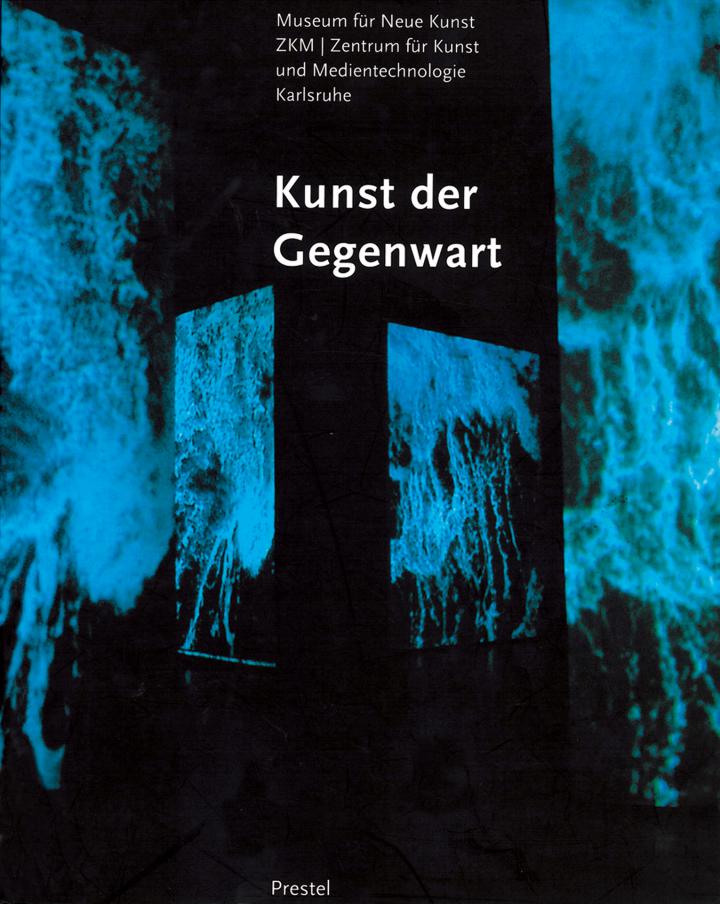
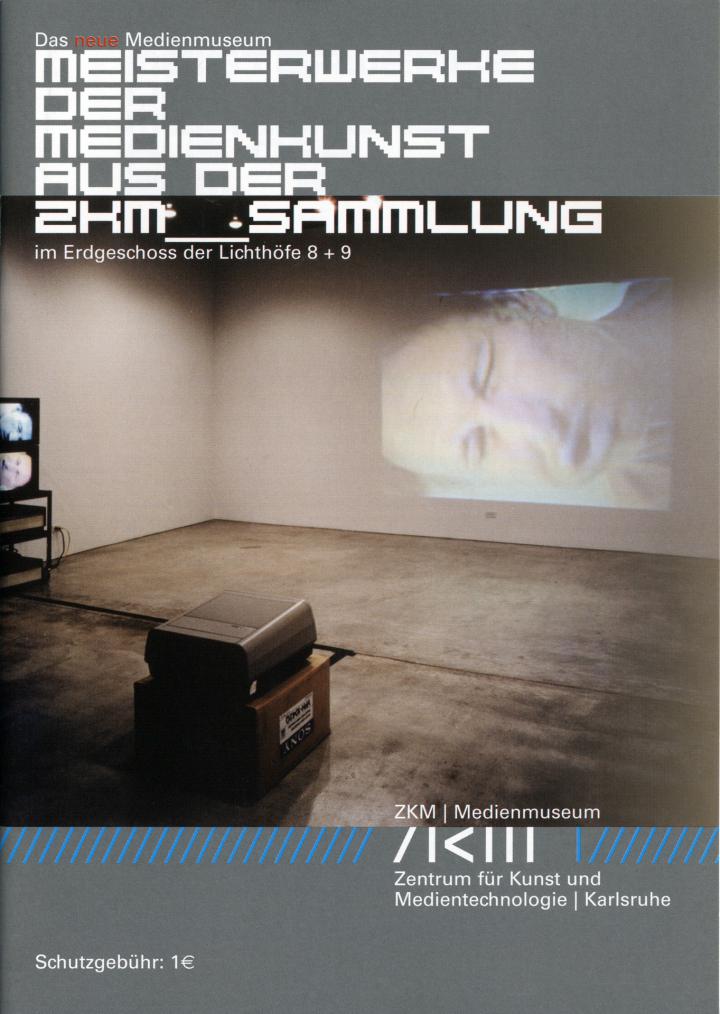
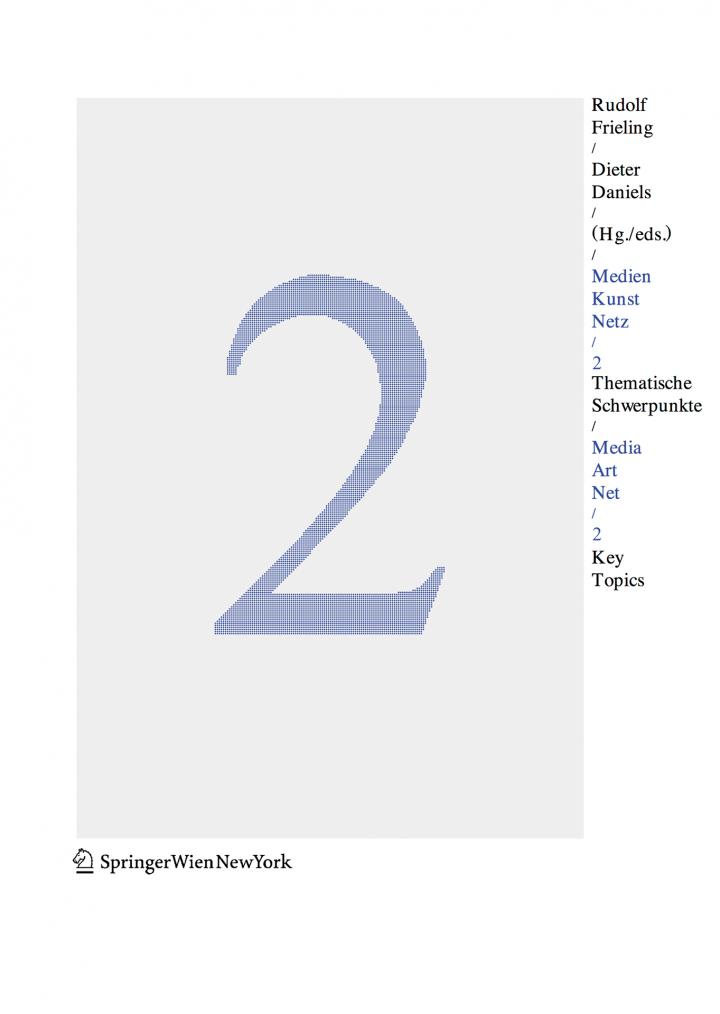
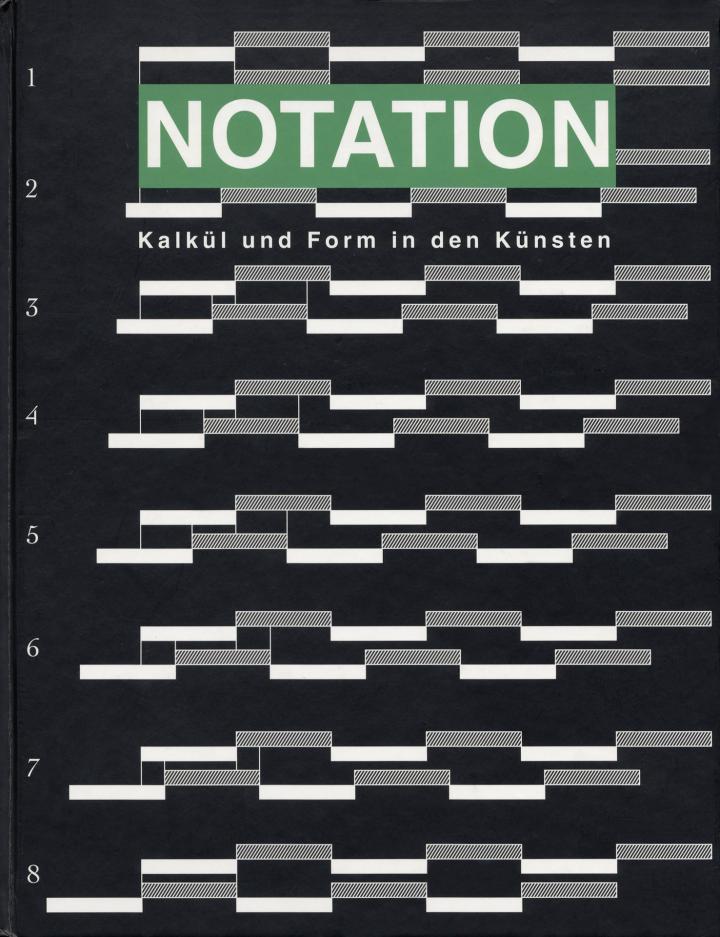
![»Inter[in]vention«, Fundaçâo Eugénio de Almeida, 2013 / © Fundaçâo Eugénio de Almeida Blue cover with white writing.](https://zkm.de/sites/default/files/styles/r17_720_dynamic/public/bild/2013_-_publikation_-_intervention_-_cover_0.jpg?itok=6WYxarwb)
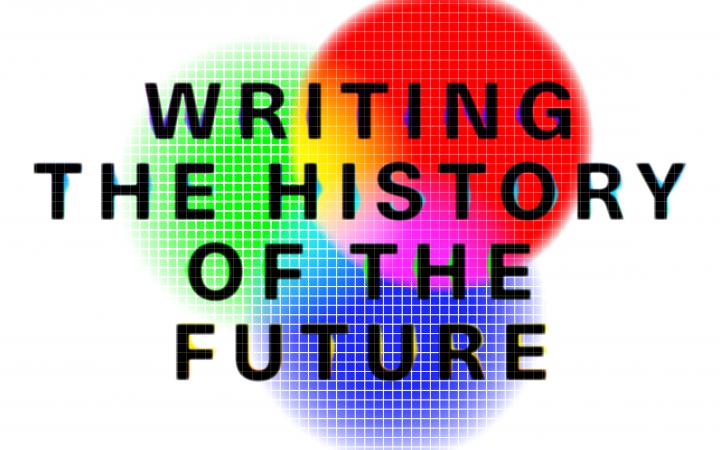
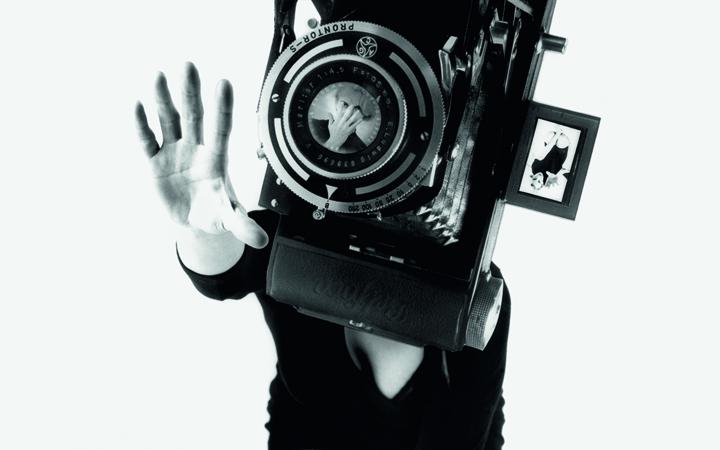
![»Inter[in]vention«, Fundaçâo Eugénio de Almeida, 2013 / © Fundaçâo Eugénio de Almeida Blue cover with white writing.](https://zkm.de/sites/default/files/styles/r17_720/public/bild/2013_-_publikation_-_intervention_-_cover_0.jpg?itok=Xg7FKXfB)

